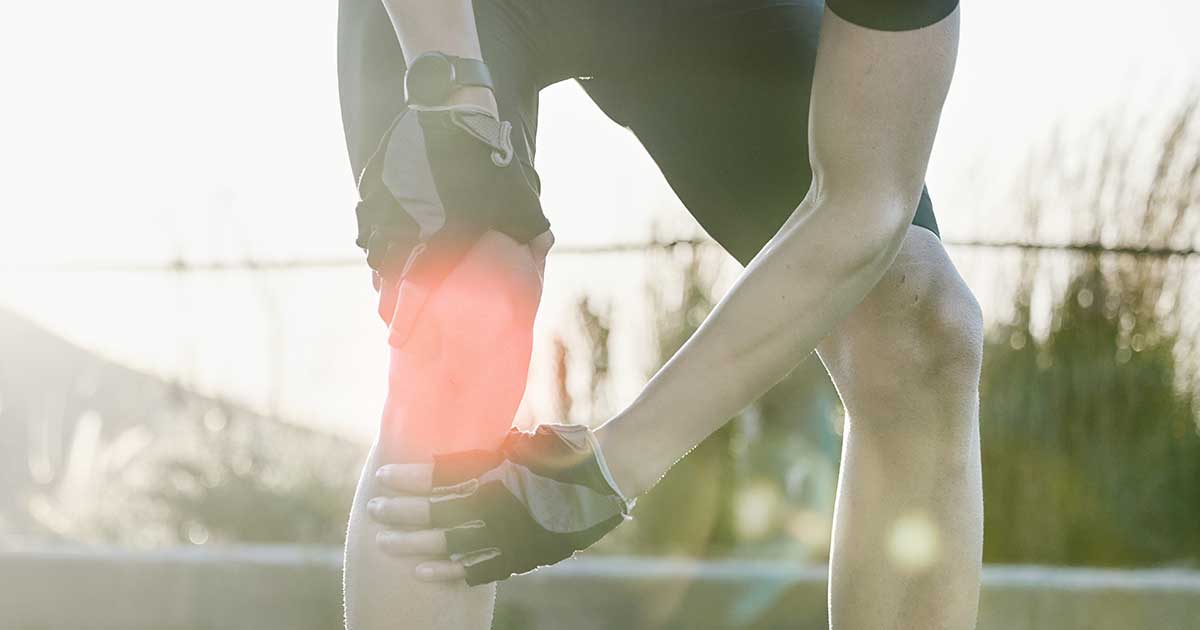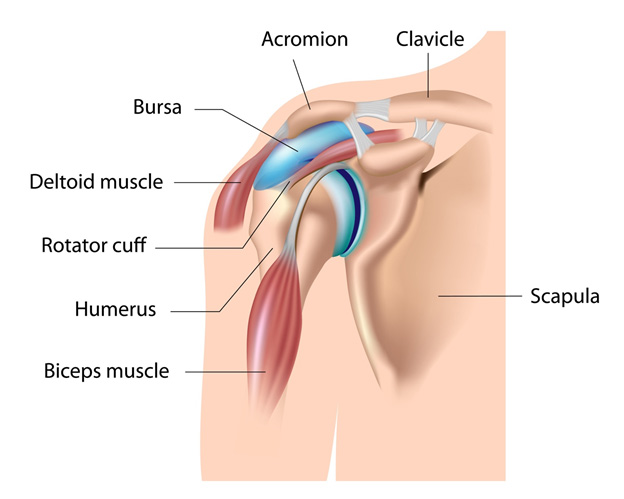
Shoulder Arthroscopy
Home > Health Info > Health Articles

Shoulder arthroscopy is a minimally invasive technique that can be used to diagnose and treat shoulder problems. Arthroscopy may be required for shoulder impingement or rotator cuff problems. Incisions in traditional surgery are larger, whereas incisions in minimally invasive procedures are smaller. The incisions resemble keyholes and are about the size of a keyhole.
Your surgeon inserts a small camera called an arthroscope into your body through a tiny incision in your skin. The photos of your shoulder joint are displayed on a video screen by this camera. Your doctor will use these photos to figure out what caused your injury. If you need a shoulder repair, the provider will use microscopic surgical tools to restore your shoulder’s movement.
Anatomy
Your shoulder is a complicated joint that has the most range of motion of any joint in your body. It is made up of three bones: the humerus (upper arm bone), the scapula (shoulder blade), and the collarbone (collarbone) (clavicle).
Ball and socket. The head of your upper arm bone is housed in the circular socket in your shoulder blade. This socket is known as the glenoid. A slippery tissue called articular cartilage covers the ball and socket’s surface. It generates a frictionless, smooth surface that allows the bones to slide smoothly over one another.
The labrum is a strong fibrous cartilage that surrounds the glenoid. The labrum adds support and cushioning to the joint by forming a gasket around it.
Shoulder capsule. Ligaments are bands of tissue that surround the joint. They form a capsule around the joint that keeps it together. The synovium is a thin membrane that coats the capsule’s underside. Synovial fluid is produced, which lubricates the shoulder joint.
Rotator cuff. The shoulder capsule is surrounded by four tendons that assist maintain your arm bone centered in your shoulder socket. The rotator cuff is the thick tendon substance that surrounds the shoulder. The cuff wraps around the humerus head and secures it to your shoulder blade.
Bursa. Between the rotator cuff and the bone on top of your shoulder is a lubricating sac called a bursa (acromion). When you move your arm, the bursa helps the rotator cuff tendons flow smoothly.
The essential components of the shoulder are highlighted in this picture.
 When Shoulder Arthroscopy Is Recommended
If you have a painful disease that does not respond to nonsurgical treatment, your doctor may prescribe shoulder arthroscopy. Nonsurgical therapies include rest, physical therapy, and medications or injections that can reduce inflammation and allow injured tissues to heal. Inflammation is one of your body’s normal responses to injury or illness. Swelling, discomfort, and stiffness are all symptoms of inflammation in a sick or damaged shoulder joint.
Injury, abuse, and age-related wear and strain are the leading causes of shoulder diseases. Shoulder arthroscopy can treat a variety of illnesses involving the rotator cuff tendons, labrum, articular cartilage, and other soft tissues around the joint.
Shoulder arthroscopy can remove inflamed tissue. It can also be used to treat ailments like:
When Shoulder Arthroscopy Is Recommended
If you have a painful disease that does not respond to nonsurgical treatment, your doctor may prescribe shoulder arthroscopy. Nonsurgical therapies include rest, physical therapy, and medications or injections that can reduce inflammation and allow injured tissues to heal. Inflammation is one of your body’s normal responses to injury or illness. Swelling, discomfort, and stiffness are all symptoms of inflammation in a sick or damaged shoulder joint.
Injury, abuse, and age-related wear and strain are the leading causes of shoulder diseases. Shoulder arthroscopy can treat a variety of illnesses involving the rotator cuff tendons, labrum, articular cartilage, and other soft tissues around the joint.
Shoulder arthroscopy can remove inflamed tissue. It can also be used to treat ailments like:
 When Shoulder Arthroscopy Is Recommended
If you have a painful disease that does not respond to nonsurgical treatment, your doctor may prescribe shoulder arthroscopy. Nonsurgical therapies include rest, physical therapy, and medications or injections that can reduce inflammation and allow injured tissues to heal. Inflammation is one of your body’s normal responses to injury or illness. Swelling, discomfort, and stiffness are all symptoms of inflammation in a sick or damaged shoulder joint.
Injury, abuse, and age-related wear and strain are the leading causes of shoulder diseases. Shoulder arthroscopy can treat a variety of illnesses involving the rotator cuff tendons, labrum, articular cartilage, and other soft tissues around the joint.
Shoulder arthroscopy can remove inflamed tissue. It can also be used to treat ailments like:
When Shoulder Arthroscopy Is Recommended
If you have a painful disease that does not respond to nonsurgical treatment, your doctor may prescribe shoulder arthroscopy. Nonsurgical therapies include rest, physical therapy, and medications or injections that can reduce inflammation and allow injured tissues to heal. Inflammation is one of your body’s normal responses to injury or illness. Swelling, discomfort, and stiffness are all symptoms of inflammation in a sick or damaged shoulder joint.
Injury, abuse, and age-related wear and strain are the leading causes of shoulder diseases. Shoulder arthroscopy can treat a variety of illnesses involving the rotator cuff tendons, labrum, articular cartilage, and other soft tissues around the joint.
Shoulder arthroscopy can remove inflamed tissue. It can also be used to treat ailments like:
- Biceps tendon injuries.
- Bone spurs.
- Frozen shoulder.
- Tears in the labrum, or damage to the tissue around the shoulder socket.
- Osteoarthritis.
- Rotator cuff tears.
- Rotator cuff tendinitis.
- Shoulder impingement syndrome.
- Shoulder instability occurs when the joint in your shoulder loosens or dislocates.
- Blood clots.
- Damage to blood vessels or nerves.
- Excessive bleeding or swelling.
- Infection.
Share :




